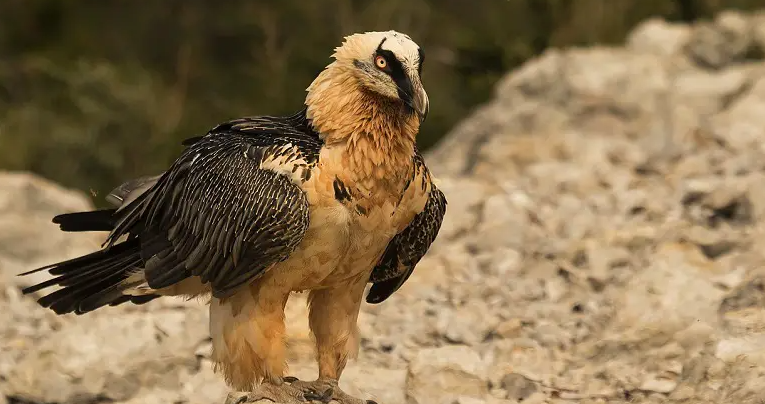The Lammergeier, also known as the bearded vulture (Gypaetus barbatus), is the Andorra National Bird, a small, landlocked country in the Pyrenees Mountains between Spain and France. The Lammergeier is a fascinating and unique bird of prey, known for its distinctive appearance, feeding habits, and ecological importance. In this article, we will explore the characteristics of the Lammergeier and address frequently asked questions about this majestic bird.
Characteristics of the Andorra National Bird
The Lammergeier is a large bird of prey, with a wingspan of up to 2.8 meters (9 feet) and weighing between 4.5 to 7.5 kg (10 to 16 lbs). It has a distinctive appearance, with a long, wedge-shaped tail, dark feathers on its body, and a pale head and neck. The bird also has a characteristic "beard" of dark feathers below its beak, which gives it its name.
Feeding Habits
Unlike most vultures, which feed primarily on carrion, the Lammergeier is specialized in consuming bone marrow. It feeds on the bones of dead animals, dropping them from great heights onto rocks to break them open and access the marrow inside. This unique feeding habit has led to the Lammergeier being referred to as the "bone-breaker" or "ossifrage."
Ecological Importance of Andorra National Bird
The Lammergeier plays a vital role in the ecosystem by recycling nutrients from carcasses and preventing the spread of disease. By consuming bones, the Lammergeier helps return calcium and phosphorus to the soil, which benefits other plants and animals in the area.
FAQs
1. What is the habitat of the Lammergeier?
The Lammergeier is found in mountainous regions, such as the Pyrenees, the Alps, the Caucasus, and the Himalayas. It prefers high-altitude habitats, usually between 1,000 and 4,000 meters (3,300 to 13,000 feet) above sea level, with rocky cliffs for nesting and roosting.
2. What is the lifespan of the Lammergeier?
The Lammergeier has a relatively long lifespan for a bird of prey, with some individuals living up to 30 years in the wild. The bird reaches sexual maturity at around 5 to 7 years of age.
3. How does the Lammergeier breed?
Lammergeiers are monogamous and form long-lasting pair bonds. They build large nests on cliff ledges, using sticks, bones, and fur. The female lays one or two eggs, and both parents share incubation duties for approximately 55 days. The chicks fledge at around 100 to 130 days after hatching.
4. Is the Lammergeier endangered?
The Lammergeier is currently listed as Near Threatened on the IUCN Red List of Threatened Species. The primary threats to the species include habitat loss, poisoning from lead ammunition, and collisions with power lines. Conservation efforts are underway to protect and monitor the Lammergeier populations.
Conclusion
The Lammergeier is a unique and captivating bird of prey that holds great significance as Andorra's national bird. Its distinctive appearance, feeding habits, and ecological importance make it an essential part of the Pyrenees ecosystem. Continued conservation efforts are crucial to ensure the survival of this magnificent species.
